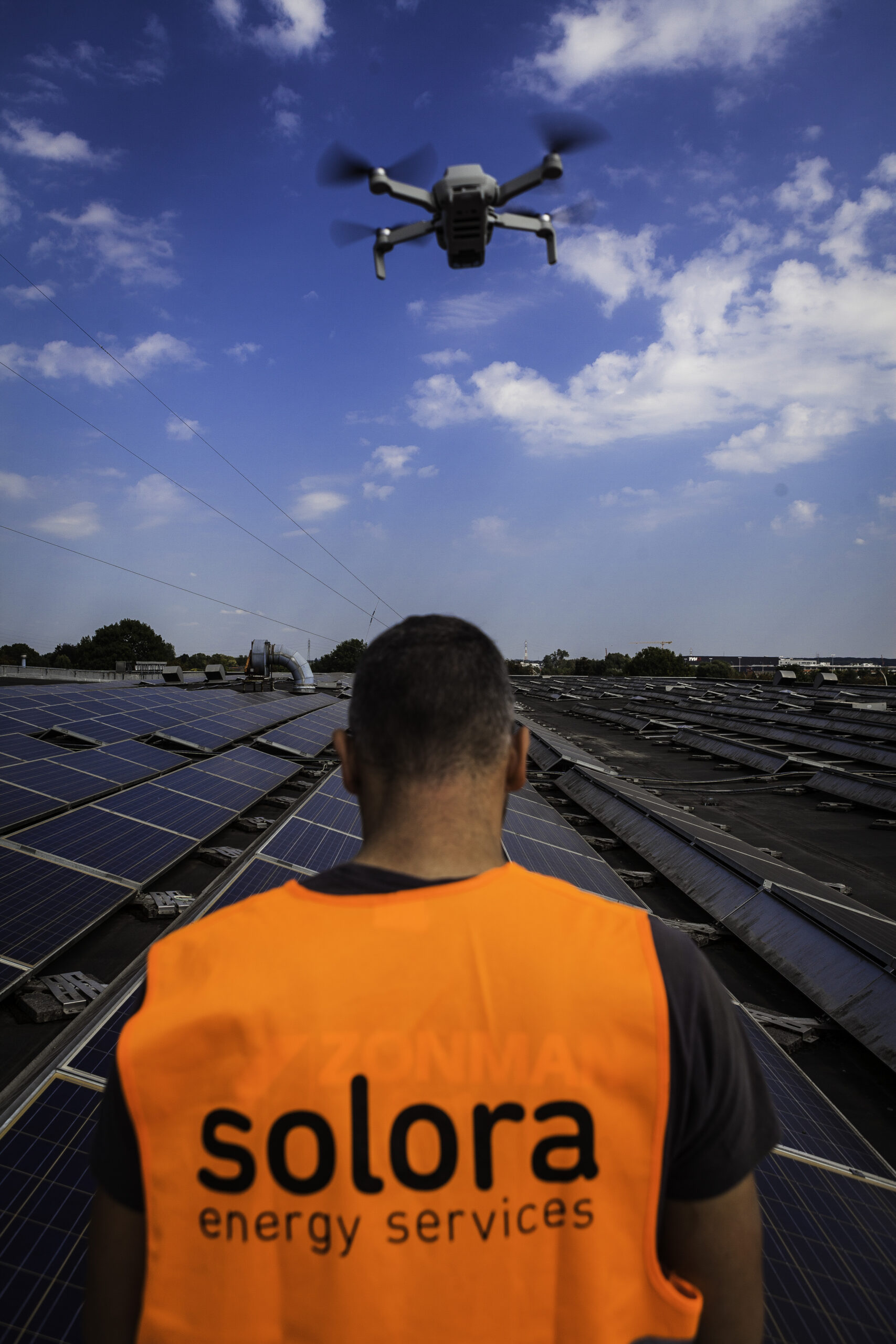Today’s renewable energy landscape is flourishing with innovations, and central to this evolution is the relationship between artificial intelligence (AI) and solar energy. As companies worldwide move towards sustainability, it is important to understand this powerful combination and its many implications. Find out how AI is revolutionising the solar sector and why companies should jump on the bandwagon with it.
A look at AI: More than just automation
Artificial intelligence goes beyond mere automation, it is about giving machines the ability to learn, adapt and make decisions. From predictive analytics to machine learning and data analytics, AI is shaping the future in various sectors – healthcare, finance, and now the energy sector, especially solar.

The interplay of AI and solar power
Solar energy has its own challenges – optimal energy production, efficient storage and distribution, to name a few. AI emerges as a solution here, improving the efficiency, reliability and functionality of solar farms through predictive analytics, optimised energy management and smart grid management.
Applications of AI in the solar sector
Predictive Maintenance
AI analyses data from solar installations to predict equipment failures before they occur. This predictive maintenance minimises downtime, reduces maintenance costs and ensures constant energy production, ensuring ROI for businesses.
Smart Energy Management
Through machine learning algorithms, AI improves the management of energy production and consumption. It ensures optimal energy distribution across different departments, prevents waste and manages storage efficiently to protect against any inconsistencies in energy availability.
Detection of anomalies
AI systems examine data from energy production and distribution, identify anomalies that may indicate problems such as energy theft or system failures, ensuring the stability and security of the entire energy infrastructure.
Predicting needs
Understanding energy demand patterns by AI enables accurate predictions. This ensures optimal energy allocation, reduces waste and helps make informed decisions about future expansions or modifications to solar installations.

Concrete results: Real success stories
Several companies have applied AI in their solar farms, with remarkable results. For example, companies like Google have used AI to optimise the energy output of their solar farms, increasing energy production by 20% through intelligent angle adjustments of solar panels in real time. Smaller companies, in turn, have used AI to minutely manage energy consumption to ensure that solar energy is used, stored and saved wisely, leading to significant cost savings.
Possible challenges
While the combination of AI and solar power is powerful, it is not without its challenges. The complexity of integrations, initial setup costs and required technical expertise can be daunting for many companies. However, the long-term benefits such as reduced operating costs, optimised energy use and enhanced sustainability far outweigh the initial problems. Adopting a phased integration strategy and leveraging government subsidies are viable solutions to navigate through these challenges.
Future prospects
The intersection of AI and solar power is poised to embrace innovations such as autonomous energy networks, where AI algorithms will autonomously manage energy production, storage and distribution, ensuring unparalleled efficiency. For businesses, this means more reliable, sustainable and cost-efficient energy solutions, which are essential in shaping a sustainable future.